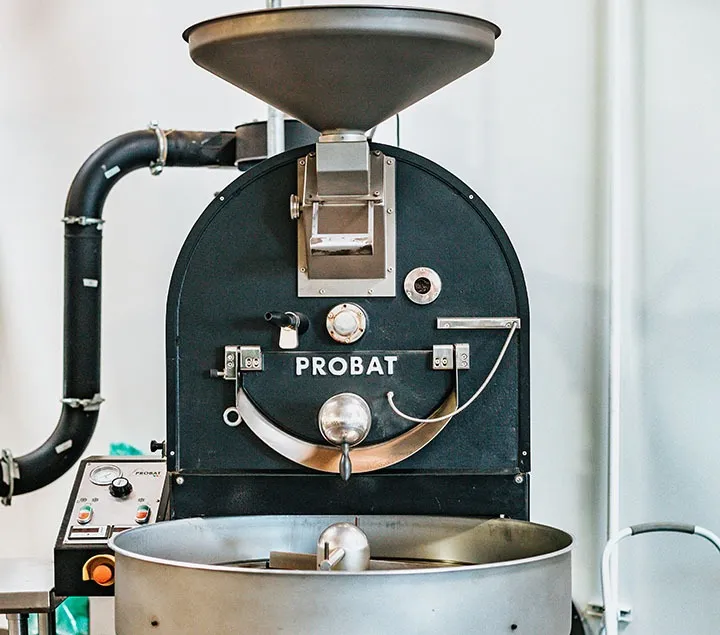What Cocoa Bean Roaster to Consider?

Original Post:
> I’m considering alternatives to oven roasting, and recently seen a vertical airflow roaster from Selmi. Has anyone worked with the Selmi roaster or a similarly designed roaster? Any feedback would be greatly appreciated!
It’s really about the relative cost of the two energy sources in your area. If electric is cheaper that’s the way to go, and vice versa. You might ask Unox if they have any stats on which energy source is more efficient, e.g., if one offers faster response times than the other.
I’m looking seriously at UNOX, but am looking for recommendations about whether to go gas (LP) or electric (240V). Clay or anyone have insights or suggestions?
Thanks!
Nathan
Beautifully answered, Sebastian & Clay. Here goes:
not interested with alkalization
mild to mid roast but would like the flexibility of temp curve control, and fan control
bean roasting
30lb to 60lb batches would be ideal to keep in line
with potentially the cocoatown 65lb grinders
but roasting in batches of 8-10lb is fine too
My original question was to try to find out if there are any quirks with this style of roasters (fluid bed):
does it produce higher acidity compared to drum or oven roasting, or lower (from coffee’s perspective would be higher, but would like a confirmation nonetheless) is it more temperature responsive (guessing yes, since it is faster to heat up air than say a drum, also would like a confirmation)
do the beans winnow better (not sure about this one)
is convection roasting at the same temp more volatile friendly or otherwise. (not sure)
Sebastian is spot on in his observations, and I would also ask about the quantity of chocolate you want to make.
If you are looking for a fluid-bed roaster then there are options that are far less expensive (like one-fourth the cost) than the Selmi roaster. Having asked I can also tell you that this style of roaster will not handle nibs.
There are some decent relatively inexpensive drum roaster options I’ve found, plus a line of combi-ovens that are compact, inexpensive, and feature programmable temperature curves, humidity control, and fan speed.
But – how much chocolate do you want to make?
I think you need to identify first what type of chocolate you want to make, what attributes you want it to have, and THEN select your roaster (amongst other things). Asking ‘is this a good roaster’ is similar to asking ‘is a red car a good car’ – the answer is, it depends on what you’re trying to do with it.
Do you want to make a high roast or low roast chocolate? Do you want to nib roast or whole bean roast? What are your expected throughputs (how much do you need to make)? Are you interested in alkalization? Etc.
Can it roast beans to produce a good chocolate? Certainly. However since everyone’s definition of ‘good’ is different, it’s critical that you understand what your definition is to guide you in selecting the right components to get there.